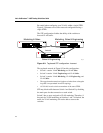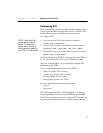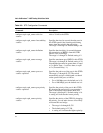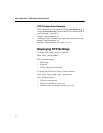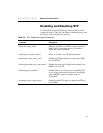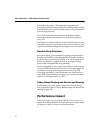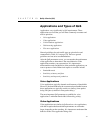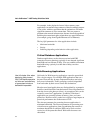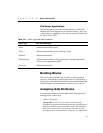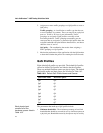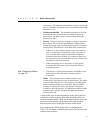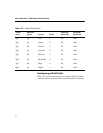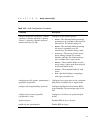
136
Intel
®
NetStructure™ 480T Routing Switch User Guide
prioritization parameters. The bandwidth-management and
prioritization parameters that modify the forwarding behavior of the
switch affect how the switch transmits traffic for a given hardware
queue on a physical port.
The switch tracks and enforces the minimum and maximum
percentage utilization transmitted on every hardware queue for
every port.
Prioritization is utilized when two or more hardware queues on the
same physical port are contending for transmission, as long as their
respective bandwidth-management parameters have been satisfied.
Random Early Detection
Policy-based QoS can be configured to perform per-port Random
Early Detection (RED) and drop-probability. Using this capability,
the switch detects when traffic is filling up in any of the hardware
queues, and performs a random discard on subsequent packets,
based on the configured RED drop-probability.
Instead of dropping sessions during times when the queue depth is
exceeded, RED causes the switch to lower session throughput. The
destination node detects the dropped packet, and, using TCP
windowing mechanisms, slows the transmission from the source
node. RED drop-probability is configured on a system-wide basis,
and has a valid range from 0% to 100%.
Policy-Based Routing and Route Load Sharing
For information on policy-based routing and route load sharing
(link aggregation) refer to "Policy-Based Routing and Route Load-
Sharing" on page 190.
Performance Impact
Utilizing any aspect of policy-based Quality of Service has zero
impact on switch performance. Using even the most complex traffic
groupings is costless in terms of switch performance.



